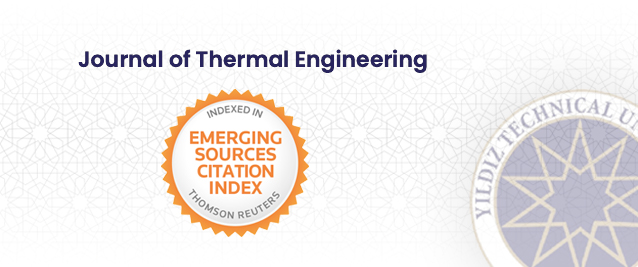Abstract
Heat exchangers play a vital important role in industries and processing equipment’s. Among them, the double pipe heat exchanger facilitates the exchange of heat between two fluids through surface tubes. This study aimed to investigate various thermal performance parameters of baseline water and Aluminum oxide nanofluid at various volume concentrations and flow rates. The results were compared between baseline water and Aluminum oxide nanofluid using a test rig at the temperature range of 60 °C for industrial applications. The nanofluid sample was prepared by adding very small-sized (20nm) Al2O3 nanoparticles in the baseline water within the range of 0.10% to 0.175% using a standard two step method for the sterilization process. The nanoparticle and baseline water were under set by a hot plate mechanical stirrer for approximately 2 hours to ensure the proper dispersion before the tests, rendering the nanofluid stable for 12 hours. The Laminar-Transition flow double pipe heat exchanger (test rig) operated at flow rates ranging from 1.6×10-5-3.3×10-5 m3/sec (1-2 LPM) within the range of Reynolds number from 1700 to 3400 at volume concentration of 0.10% to 0.175% Moreover, an addition of 0.175% of Al2O3 nanoparticle in the baseline improved the average heat transfer coefficient from 140% to 155%, thermal conductivity of 21.6% and, 5.94% efficiency in counter flow direction and also showed higher friction factor i.e. 2.81% than baseline water. The results suggest that Al2O3-nanofluid at 0.175% could function very well as working fluid for industrial requirements compared to the conventional baseline water.























